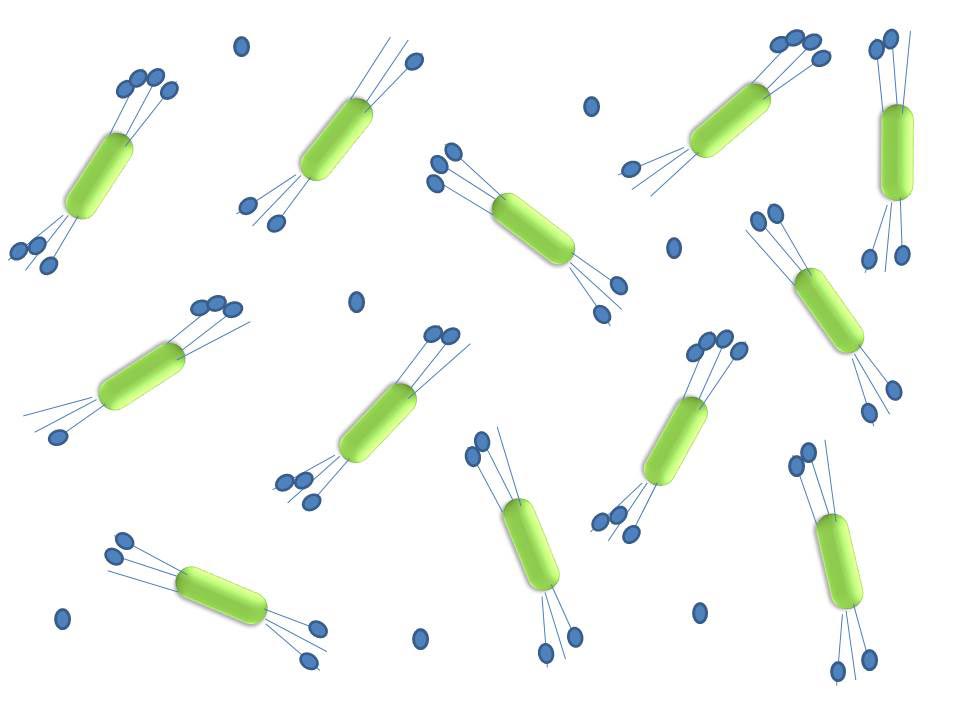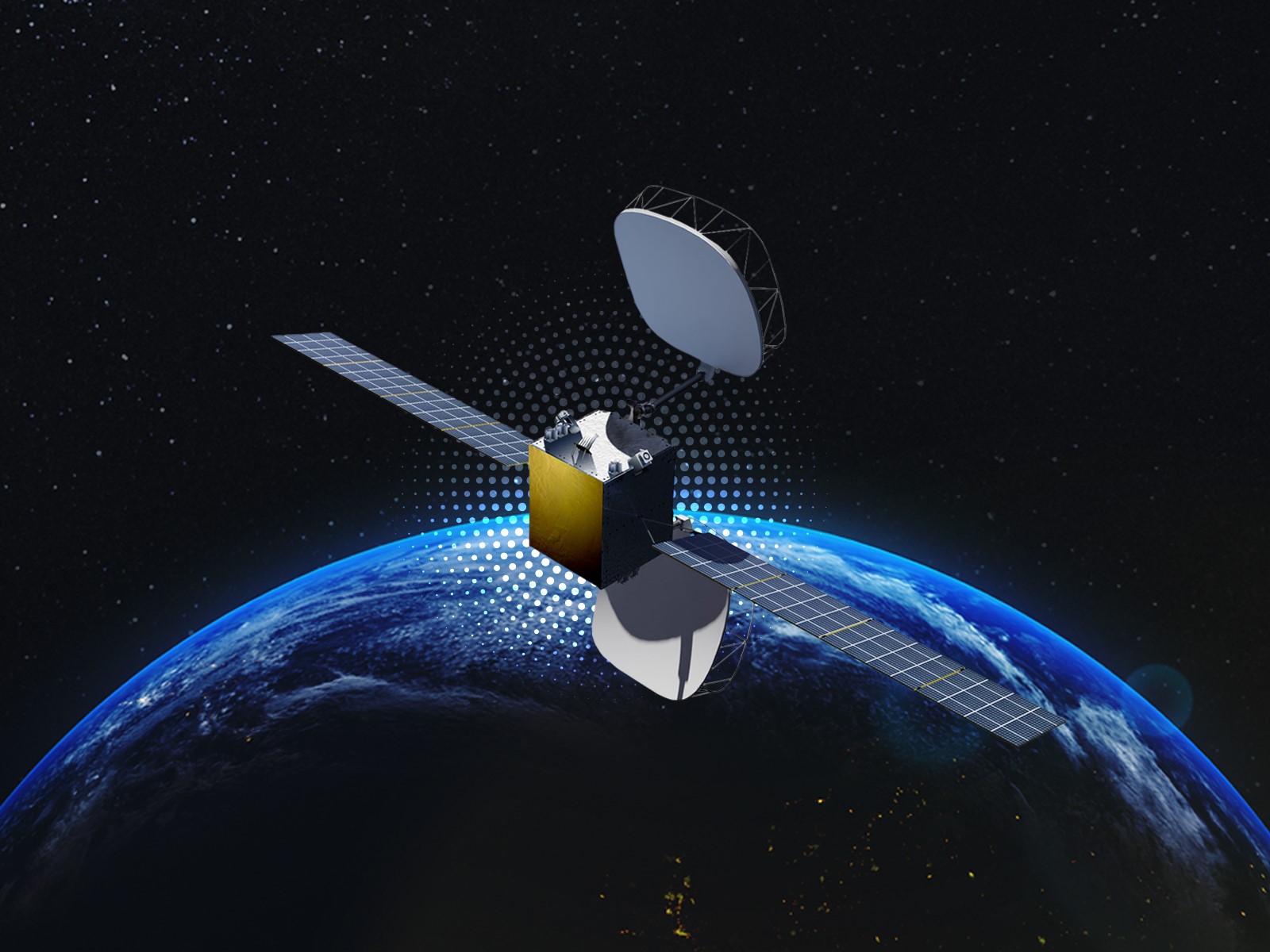
WASHINGTON — Voyager Space has appointed longtime defense industry executive Matt Magaña to lead its national security business, the company announced Oct. 31.
Previously a senior leader at Raytheon Intelligence & Space, Magaña was named executive vice president of national security for Denver-based Voyager, a holding company that has steadily acquired subsidiaries to build a vertically integrated operation focused on advancing space exploration.
Voyager is working with Airbus, Mitsubishi, and MDA Space on the NASA-supported Starlab commercial space station, which aims to sustain a human presence in low-Earth orbit while supporting scientific and technological research.
As the company looks to expand its role in defense, Magaña told SpaceNews, Voyager’s strategy is to leverage its specialized technologies and multinational partnerships in support of defense programs that face growing demands for advanced subsystems.
Magaña said the company plans to work with major defense prime contractors in areas like missile propulsion, advanced navigation and sensing solutions.
The defense sector is experiencing intensified pressure to “deliver affordable, resilient products,” Magaña said. This market environment presents an opening for a mid-tier supplier like Voyager to scale niche technologies and “provide substantial value to the government,” he said. “We have technologies and IP that we can leverage and scale. We’re not building from scratch.”

Voyager’s portfolio includes technologies developed by its subsidiaries Valley Tech Systems (VTS) and Space Micro, both of which have several national security contracts.
VTS specializes in advanced propulsion and signal processing systems, including controllable solid propulsion systems used by Lockheed Martin for the Next Generation Interceptor program for the Missile Defense Agency. This propulsion technology, the company said, enables solid-fuel systems to perform like liquid-fuel counterparts.
Space Micro develops high-performance avionics and space subsystems supporting laser communications and electro-optics.
Voyager is also exploring defense applications for artificial intelligence and machine learning. The company recently inked an agreement with Palantir Technologies to investigate AI-driven solutions that can be applied to national security programs.
Matt Kuta, president of Voyager, said in a statement that he welcomes Magaña’s appointment, noting that he will “drive key initiatives that shape the future of national security and secure space operations.”
Sandra Erwin writes about military space programs, policy, technology and the industry that supports this sector. She has covered the military, the Pentagon, Congress and the defense industry for nearly two decades as editor of NDIA’s National Defense…
More by Sandra Erwin
Note: This article have been indexed to our site. We do not claim legitimacy, ownership or copyright of any of the content above. To see the article at original source Click Here














